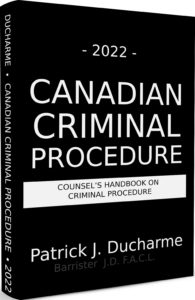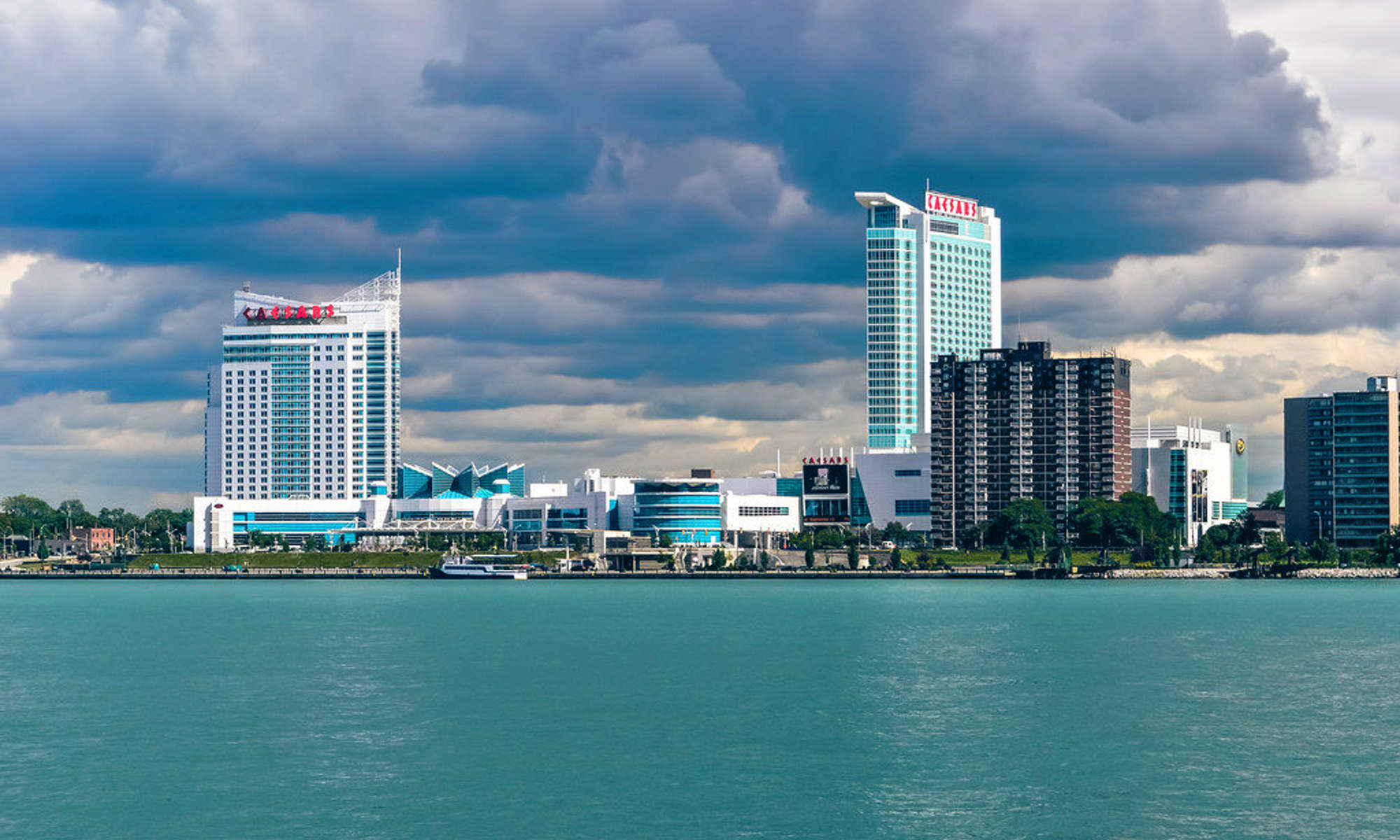The highest and most powerful court in Canada is the Supreme Court of Canada. There are nine appointed Judges to the Supreme Court of Canada. The court never sits with an even number of Justices to avoid a split court with equal numbers on each side of a legal decision. If, for example, one of the nine Justices is not available for a case, one other Justice will abstain from participating so that there is an uneven number of Justices presiding in each case to avoid a tie vote on any legal issue that the court is required to decide.
Beneath the Supreme Court of Canada and, on an equal level with one another are the Provincial and Territorial Courts of Appeal and the Federal Court of Appeal. Beneath these courts are the Provincial and Territorial Superior Courts, the Federal Court and the Tax Court of Canada. On the next level beneath these courts are the Provincial/Territorial Courts and the Military Courts. And finally, beneath all the above courts are the Provincial/Territorial Administrative Tribunals and the Federal Administrative Tribunals.
Each lower court looks to the courts immediately above it and beyond right up to the Supreme Court of Canada for guidance, instructions, and precedent. The hierarchy of the court system is built upon lower courts taking their instructions from courts of a higher level. Courts of an equal level may have a persuasive effect on their decision-making but not a binding effect. This system of stare decisis works effectively when the lower courts follow the direction of the courts above.

The above is the an excerpt of Patrick J Ducharme’s book, Canadian Criminal Procedure, available at Amazon or in bulk through MedicaLegal Publishing along with Criminal Trial Strategies.
Subscribe to Patrick Ducharme’s Youtube Channel.
